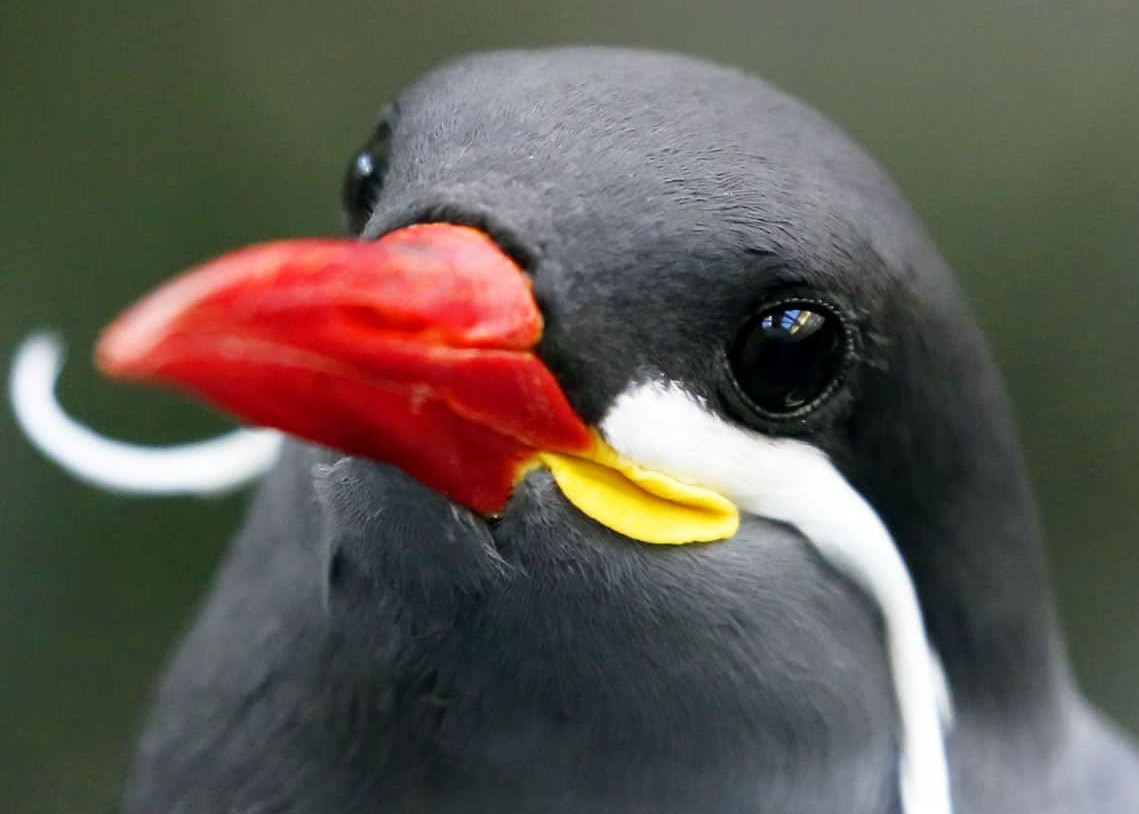Goliath Blackfield Mussel
One of the largest sessile land animals on Norrab, goliath blackfield mussels are native to the Blackfields, a large beach region north of the Sian Lowlands.
Goliath blackfield mussels are the largest mollusc on the planet. Standing tall at over sixty metres, they dwarf anything in the region and nestle in the sands in an organised fashion.
They have a small but stable population of around 30,000. When these mammoth creatures pass, their shells are used in architecture. They provide sheltered homes with built-in aeroplankton protection, a necessity in certain regions on Norrab.
Taxonomy
Goliath blackfield mussels are in the phylum Mollusca, alongside gastropods, cephalopods, and other bivalves, and many other species. They are in the family gigacostharenidae, predominantly land-based mussels.
Anatomy
Like typical mussels, the goliath blackfield mussel's shell is made of two halves, known as valves. Muscles close the shell when necessary, relying on ligaments buried in the soil keep the shell secure and together.
The exterior of these shells are horizontally ribbed, with a pointed tip on one valve. When closed, the valves sit crossed from another, otherwise the pointed tips would collide and the shell would not fully close.
The foot of these animals helps them traverse the sprawling beaches. The foot slowly moves forward, the shell being dragged behind. When stationary, the foot digs into the ground and serves as an anchor. When the mussel is stationary for too long, it can harden and may become unusable.
Diet
These molluscs are some of the biggest consumers of aeroplankton on the planet. They filter out dead plankton from the living, that glide through the air on strong bursts of wind. Goliath blackfield mussels exist on wind currents along the beaches, where aeroplankton tends to gather.
If wind currents shift, it can decimate populations of mussels that require incredible amounts of plankton to survive.
Goliath blackfield mussels are necessary in maintaining a higher air quality in the blackfields. As microscopic plankton dies, they decompose and become breeding grounds for aerial bacteria and other pathogens. These mussels help mitigate the risks, by solely consuming dead plankton. As no other organisms eat dead plankton, they evolved into a perfect niche.
Reproduction & Growth
A single mussel produces both male and female gametes, producing millions of tiny larva every day. Larva float along wind currents as microscopic aeroplankton, for two weeks to two months, before growing large enough to drop out of the sky and into sand.
Those that drop onto hard surfaces instantly die; the majority of surviving larva become an easy food source for a range of predators.
Those that survive past the first year after landing are typically large enough to not be predated. A year old mussel is around two metres in height. Growth slows down after this point, as these animals are almost immovable and impenetrable - they are capable of surviving over a thousand years, unless they can't siphon enough food from the air.
Predators
Larval mussels have a range of predators. Titan trunks, adult mussels, and other planktonivores regularly consume larval plankton. Grounded larval mussels are consumed by a number of bird species, reptilians, mammals, and many other predatory molluscs.
Some of these mussels are dragged into the ocean by tides, and they become food for many fish species.
Habitat
Goliath blackfield mussels are endemic to the Blackfields, a large stretch of flat beachy environments. Byssal threads keep them attached to the ground, alongside their foot embedded into the sands. They grow far from one another, unlike their colonial cousins. While they are mostly sessile, they have been observed slowly moving along the beaches, nestling in areas with higher food counts. While they are mostly land-based mussels, they are partially submerged in times of high tides.
Scientists are unsure why these mussels are only found in the Blackfields. They have no known reason to limit their territory, and while they currently have a stable population, if some freak weather phenomena were to happen that shifted wind currents, the species could be wiped out in an instant.











I think its rly cool that they feed off of the dead in the Planktonic storms! Cause those sound terrifying! : O Excellent Article, as always!
Thank you so much! <3